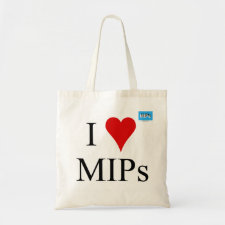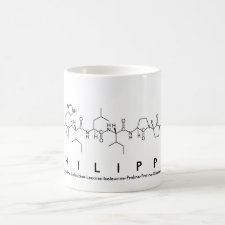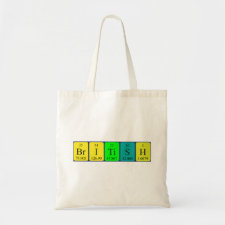
Authors: Pardo A, Mespouille L, Blankert B, Trouillas P, Surin M, Dubois P, Duez P
Article Title: Quercetin-imprinted chromatographic sorbents revisited: Optimization of synthesis and rebinding protocols for application to natural resources.
Publication date: 2014
Journal: Journal of Chromatography A
Volume: 1364
Page numbers: 128-139.
DOI: 10.1016/j.chroma.2014.08.064
Alternative URL: http://www.sciencedirect.com/science/article/pii/S0021967314013296
Abstract: Molecularly imprinted polymers (MIPs) based on quercetin and synthesized by either bulk, precipitation or suspension polymerization were characterized in terms of size and shape by scanning electron microscopy (SEM) and transmission electron microscopy (TEM). After a study of rebinding protocols, the optimal materials were evaluated as sorbents for solid-phase extraction (SPE) and high-performance liquid chromatography (HPLC) to confirm the presence of imprinted cavities and to assess their selectivity. Besides quercetin, other structurally related natural compounds, naringenin, daidzein and curcumin, were employed for selectivity tests of MIPs. Although rebinding protocols previously described for such MIPs are typically based on binding, washing and eluting methanol-based solutions, we show that this highly polar solvent leads to weak specific interactions (imprinting factor < 1) and poor sorbent properties, most probably because of hydrogen-bonding interferences between the MIP and MeOH. Similar experiments performed in tetrahydrofuran yield to much more improved properties (imprinting factor > 2.4). This calls for reviewing most of previously published data on quercetin-MIPs; in proper binding conditions, published MIPs may prove more performing than initially assessed. As expected, tested MIPs exhibited the highest selective rebinding towards quercetin template (imprinting effect, quercetin, 3.41; naringenin, 1.54; daidzein, 1.38; curcumin, 1.67); the differences in selectivity between quercetin analogues were explained by the ligand geometries and H-bonding patterns obtained from quantum-chemical calculations. The evaluation of MIPs under identical analytical conditions allowed investigating the effect of the production method on chromatographic performances. The MIPs in bead materials (for quercetin, peak width, 0.69; number of theoretical plates, 143; symmetry factor, 2.22) provided a significant improvement in chromatographic efficiency over the bulk materials (for quercetin, peak width, 1.25; number of theoretical plates, 115; symmetry factor, 2.92). Using the quercetin-beaded MIP as SPE sorbent, quercetin was selectively extracted from Allium cepa L. extract. The MIP developed in this work therefore appears highly promising for the enrichment and determination of quercetin in natural products
Template and target information: quercetin
Author keywords: Molecularly imprinted polymers, Solid-phase extraction, quercetin, flavonoids, Plant extract, Allium cepa



Join the Society for Molecular Imprinting

New items RSS feed
Sign-up for e-mail updates:
Choose between receiving an occasional newsletter or more frequent e-mail alerts.
Click here to go to the sign-up page.
Is your name elemental or peptidic? Enter your name and find out by clicking either of the buttons below!
Other products you may like:
 MIPdatabase
MIPdatabase









